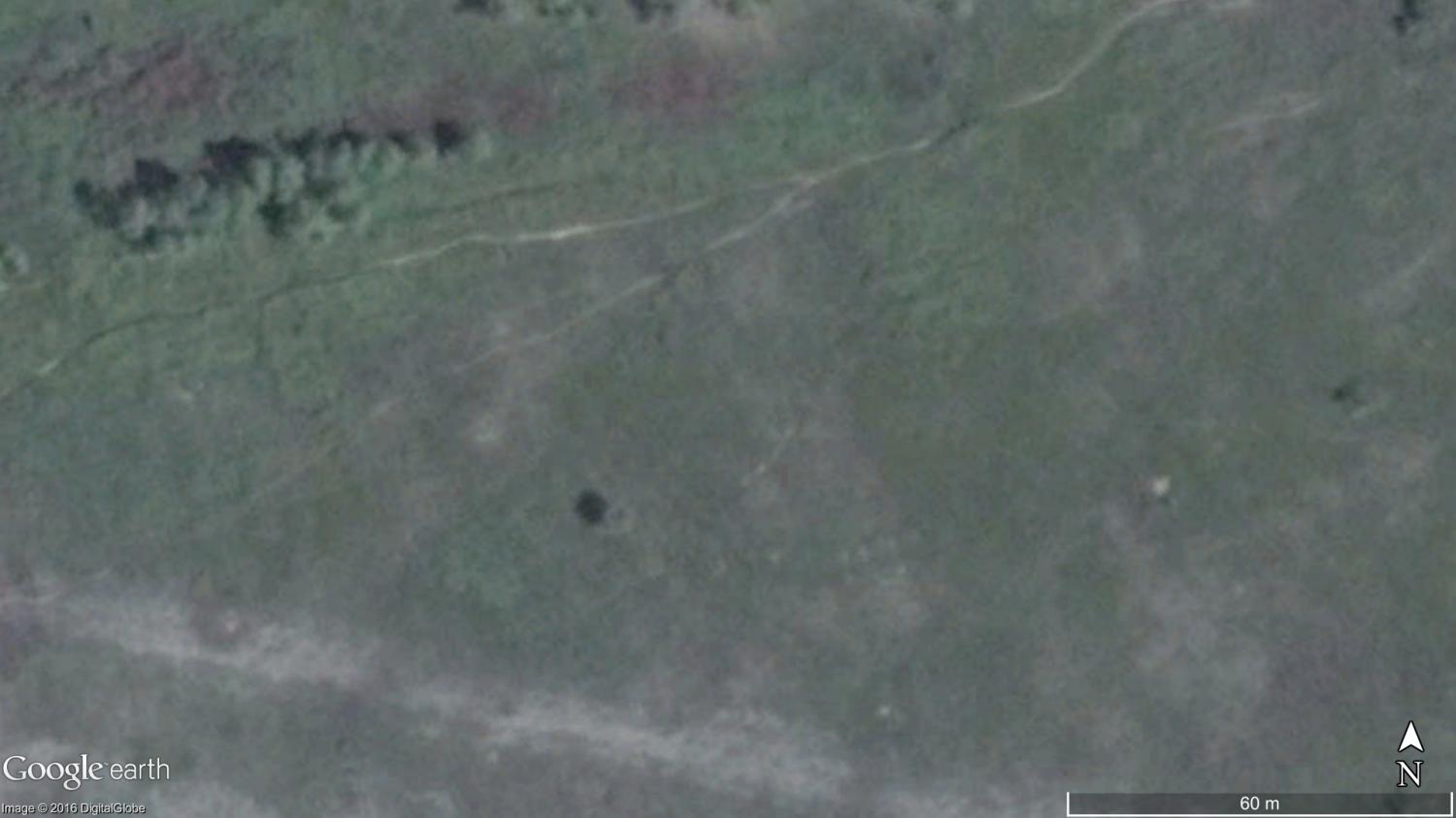Governments hoping to evade responsibility for war crimes and rights abuses are having a much tougher time of it these days. Denying entry to nettlesome investigators is still standard while many places are simply too dangerous to investigate. But even where investigators cannot go, digital technologies can sometimes overcome barriers to investigation. A recent Harvard Kennedy School report published by the Carr Center for Human Rights Policy underscores how various digital technologies undermine attempts to hide abuses and war crimes. Commercial high-resolution remote sensing satellites, some capable of distinguishing objects on the ground as small as 30-cm across, allow human rights groups to document military forces deployments, mass graves, forced population displacements, and damage to physical infrastructure.
Nowhere to hide
At the same time, the proliferation of Internet-enabled mobile phones—often with cameras—create a dense network of on-the-ground sensors that gather information that is then shared in real or near-real time. Inexpensive video cameras, such as those used by the Syrian White Helmets first responder group, also document events. On occasion, satellite imagery and the “digital breadcrumbs” created by the 7.2 billion mobile phones (texts, tweets, photographs, videos, sound, voice) merge on a single platform to create a composite picture of an event or events occurring in a denied access area. In other cases, data corroborate the conclusions of on-the-ground fact-finding missions. And while threatened regimes sometimes shutdown internet and cellphone service, usually for a short period and at great cost, little can be done to stop satellites from capturing images.
All of this makes it difficult to hide evidence. For instance, Nigerian soldiers murdered at least 350 civilians in Zaria in Kaduna state in December 2015. After the incident, the military sealed off the area. “Bodies were taken away, sites were razed to the ground, the rubble removed, bloodstains washed off, and bullets and spent cartridge removed from the streets.” The Nigerian army hoped to wash away evidence of its crime, yet Amnesty International used satellite imagery to identify mass graves while local cameras gathered graphic pictorial record of events. This is but one of scores of examples of failed efforts by abusive regimes to evade detection. Since the start of the war in March 2011, DigitalGlobe has collected and archived time-lapse images of some 11,973,033 km2 of Syria, which is to say that the country has been sensed about 65 times its total area landmass of 185,180 km2.


Discrediting investigators
As a result, authoritarian and quasi-authoritarian regimes have turned to other methods to undermine reports of abuse and war crimes. Both center on affecting audience perceptions of reality and reception of information. In St. Petersburg, a Russian “troll factory”—a facility filled with paid online disinformation artists—pumps out fake information in efforts to obfuscate Russian war crimes in Ukraine and Syria and retaliate against Western investigators. For example, when a Finnish television journalist investigated the Russian trolling operation, she herself became the target of an attack.
Eliot Higgins, the founder of the influential and well-respected Bellingcat citizen journalism initiative, has been the object of a steady stream of personal attacks from Russian state media after he offered evidence of Russian culpability in the shooting down of Malaysian Airlines Flight 17 and Russian war crimes in Syria. RT, the Russian state-sponsored television network, characterized Higgins as a “laid-off admin worker” whose “tools of choice for uncovering global conspiracies: YouTube and Google Earth.” The RT narrative consists of a montage of selectively edited clips of Higgin’s talks. One clip cuts off a Google staff person’s reference to his status as “the foremost expert about the arms that are being used on the ground in Syria” but includes the second half of her enthusiastically delivered observation that he’s “never been to Syria, doesn’t speak a word of Arabic.” entire episode drips with sarcasm and intended to dismiss Higgins as supremely unqualified to investigate events (‘global conspiracies’ in RT’s parlance).
Sowing confusion
The second approach involves a tsunami of confusing, contradictory disinformation. Former Russian Deputy Prime Minister Vladislav Surkov has been credited with devising Russia’s information campaign strategy. The aim is to undermine public perceptions of the world by turning politics into a “bewildering, constantly changing piece of theater.” It involves “ceaseless shape-shifting that is unstoppable because it is undefinable.” The objective is not to win an argument but rather to sow confusion, leaving the audience unsure of what the argument is or why it even matters.
A few examples illustrate the point. Western monitoring groups have offered compelling evidence of the use of chemical weapons, barrel bombs, and deliberate and repeated Russian air strikes on hospitals and schools during the fall 2016 military offensive against Aleppo. In conjunction with military operations, the Syrian and Russian governments conducted a separate information campaign aimed at “distracting attention from events on the ground by focusing on discrediting, and silencing, the ones who were reporting them.”
In September and October 2016, Russian and Syrian airstrikes against hospitals in Eastern Aleppo were reported by local news organizations, AFP, Euronews, SkyNewsArabia, and Al-Jazeera (and here). Yet on October 25th a Russian Ministry of Defense official presented satellite imagery he said confirmed that the hospital had not been attacked as the news media claimed. He presented side-by-side satellite imagery to claim that reports of airstrikes on a hospital were “mere fakes.” However, Bellingcat used satellite imagery, paired with multiple photographs of the hospital, to demonstrate that the Russian satellite imagery was itself misleading.
Where does that leave us? If Vladislav Surkov’s approach to disinformation is in play here, the Defense Ministry hoped to sow confusion, to call into question the ability to discern reality. Ned Resnikoff argues this same point in a different context: Those of us left watching the phantasmagoria have been “successfully persuaded that everything is a lie, so the only political choice you have is to select the fiction that most fits your self-conception.” In this environment, facts may not hold.







Commentary
Disinformation campaigns target tech-enabled citizen journalists
March 2, 2017